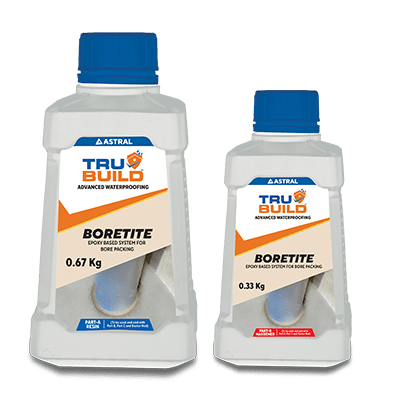How To Treat Damp Walls Internally
Feb 11, 2025
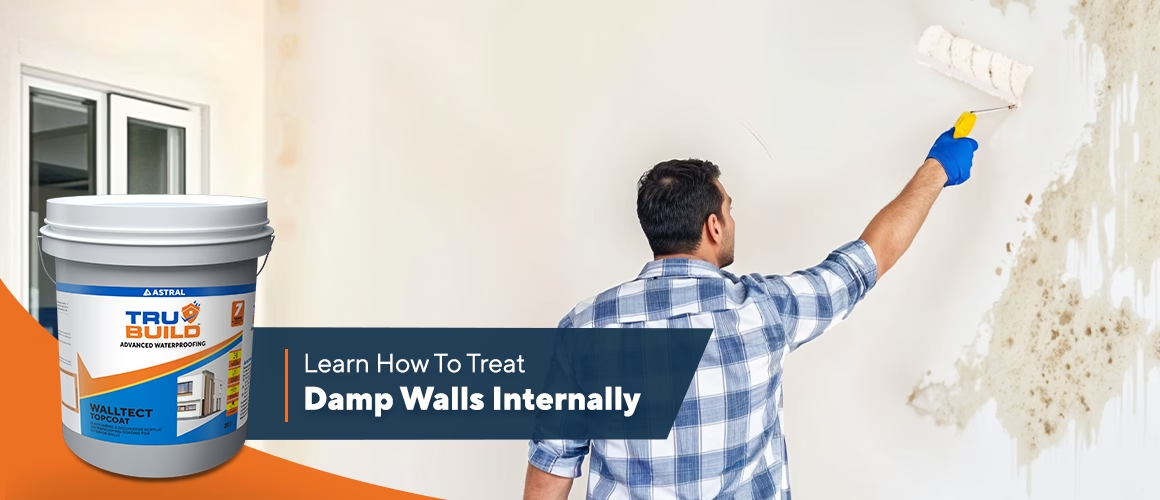
Damp patches, peeling paint, and musty odours are signs of internal dampness that require attention before they lead to mould growth and structural damage. While external treatments are often discussed, many situations call for interior solutions due to problems originating inside your home walls.
Internal dampness typically stems from rising dampness or hidden plumbing issues rather than obvious external causes like roof leaks. The key is identifying the specific source of moisture and applying the right internal waterproofing solutions.
This guide focuses specifically on effective ways to address dampness from the inside, providing practical solutions you can implement without extensive structural work to keep your home dry and healthy.
What is Root Causes of Dampness?
Damp walls not only compromise the structural foundation of your home but they can also lead to health concerns if not addressed at the right time. First, understand the root cause of dampness in the walls of your home, so that you can decide on the best suitable way to repair them. Here are some common causes of moisture in walls and water seepage:
- Rainwater Seepage: During heavy rains, water can infiltrate through cracks in exterior walls, weak masonry or faulty sealants, leading to damp patches inside your home.
- Leaky Roofs and Plumbing Issues: A damaged roof or leaking pipes can allow water to penetrate walls, causing persistent damp walls and creating an ideal environment for mould growth.
- Poor Waterproofing Solutions: Inadequate or failed wall waterproofing can allow water to pass through walls, leading to long-term water seepage and weakening of the structure.
- Condensation Issues: When warm indoor air meets cold interior walls, it forms moisture droplets that accumulate over time, which causes dampness and even paint peeling.
- Rising Damp: Groundwater can rise through walls slowly, leading to damp patches and water seepage near the base of a building. This is common in older structures with poor damp-proofing.
- Blocked or Damaged Drainage Systems: Improper drainage can lead to water accumulation around foundations, which allows moisture to seep into walls, especially in basements and lower floors.
Addressing these issues with the right waterproofing solutions and repairs can help prevent long-term damage and maintain a dry, healthy indoor environment.
How to Treat Damp Walls Internally?
Addressing the issue of dampness in walls early is necessary to prevent further water seepage and damage. Here’s how you can treat moisture in walls effectively:
- Identify the Source: Before starting to fix the issue, determine the root cause. The cause could be rainwater seepage, a leaky roof, or rising dampness. Addressing the source first will help prevent recurring issues.
- Improve Ventilation: Poor airflow can trap moisture and lead to condensation. Increase ventilation in affected areas by using exhaust fans and dehumidifiers or keeping windows open to allow proper air circulation.
- Apply Wall Waterproofing Solutions: Use high-quality wall waterproofing solutions, such as sealants or waterproof paints, to create a barrier against moisture penetration. This is especially important for exterior walls that may allow water ingress.
- Repair Damaged Plaster and Paint: If the paint or plaster is peeling due to water seepage, scrape off the damaged layers, allow the wall to dry completely and then apply a waterproof primer before repainting.
- Use Damproofing Methods: If rising dampness is the issue, inject damproofing solutions into walls to create a moisture-resistant barrier.
- Fix Leaky Pipes and Roofs: Address any leaky roofs or plumbing problems to stop water from entering your home and causing further moisture in walls.
Apply Anti-Mould Treatments: If damp walls have led to mould growth, clean the affected areas with anti-mould solutions before applying any waterproofing solution to prevent regrowth.
By taking these steps, you can treat damp walls internally and protect your home from long-term damage.
Choosing the Right Wall Waterproofing Solution to Fix Damp Walls
A reliable waterproofing solution is essential to combat damp walls and extend their lifespan. A high-performance waterproofing solution safeguards walls from moisture damage. To repair a damp internal wall, the protective coating helps prevent water ingress and reinforces durability. Thus, choosing the right waterproofing solution ensures that the walls of your home are well-maintained and protected for years to come.
This is why our Astral Trubuild Walltect Top Coat is designed to enhance the durability of walls through excellent water resistance. Made with superior weather resistance, it acts as a shield against harsh environmental elements such as rain, UV rays and pollutants, preventing premature deterioration. Its breathable formulation allows moisture to escape, preventing issues like peeling and damp patches.
Whether for residential or commercial spaces, this product provides an effective and lasting solution for wall protection, making it a preferred choice for those seeking a superior waterproofing solution for damp walls.


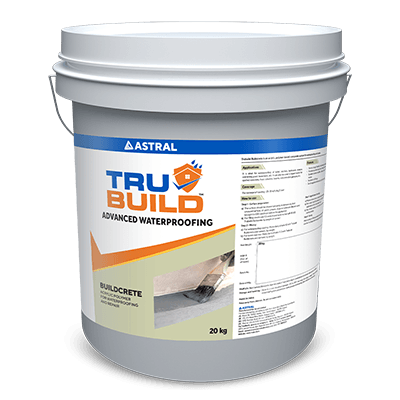

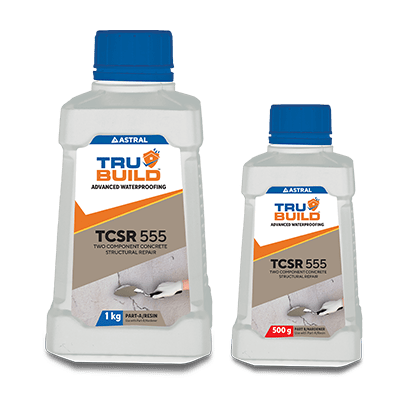


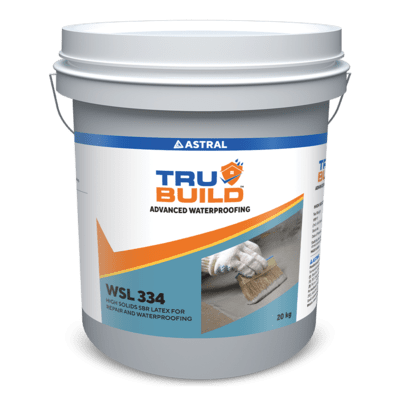
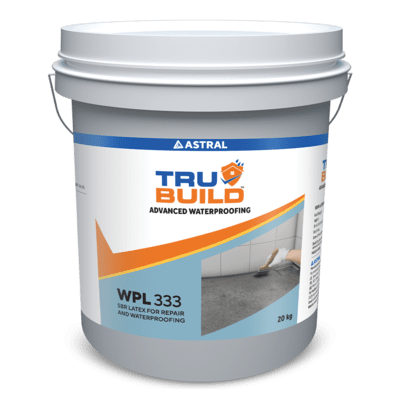
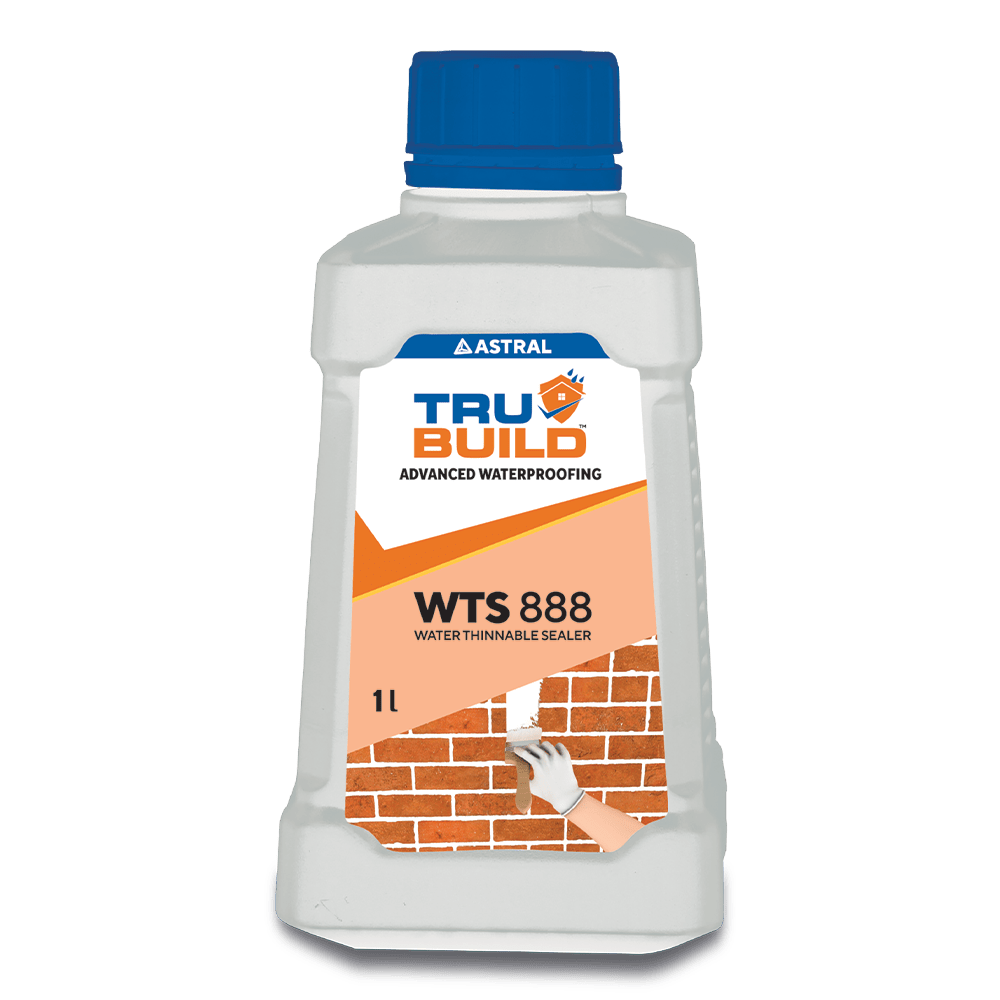



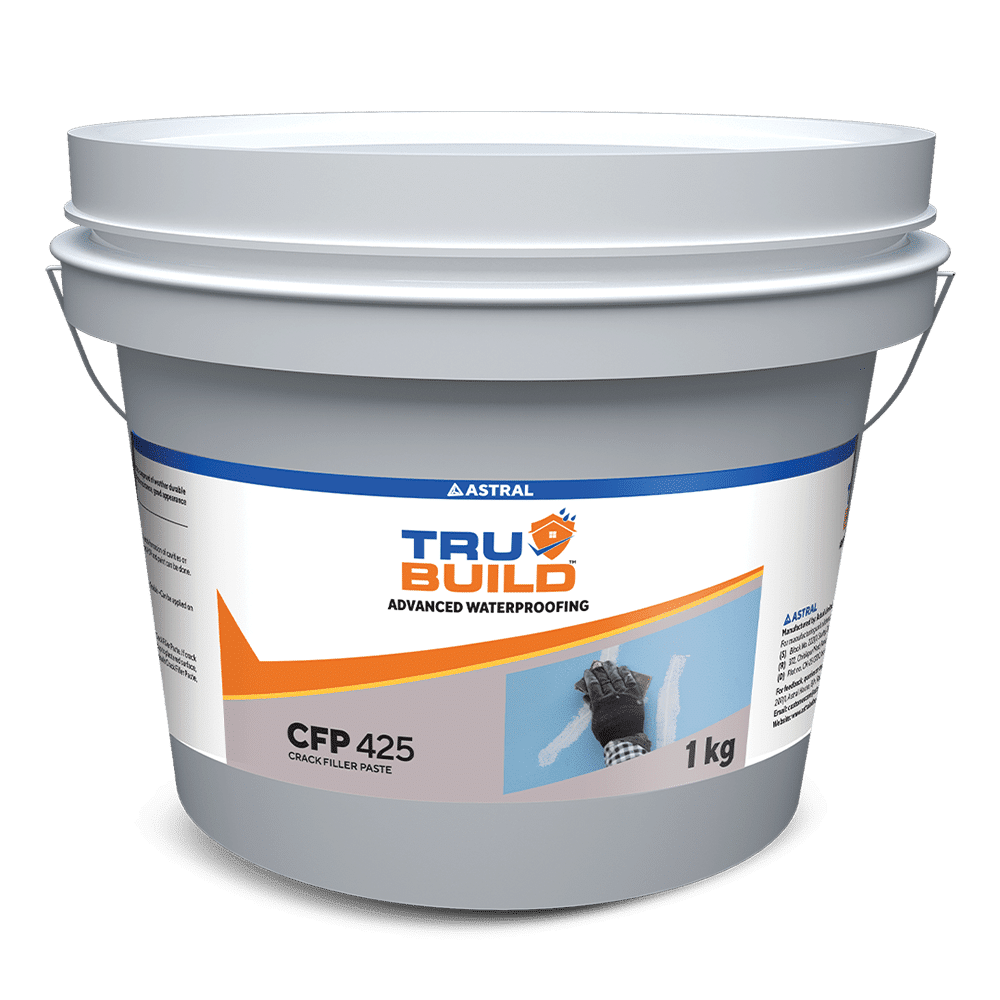




 Professional Sealants
Professional Sealants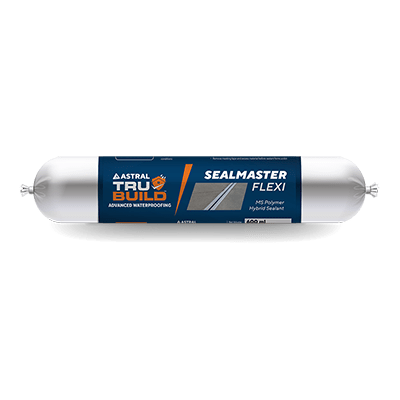
 Roof Waterproofing
Roof Waterproofing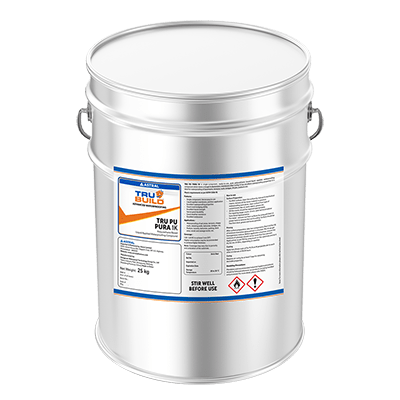
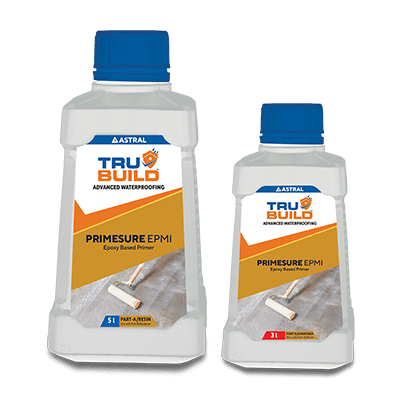



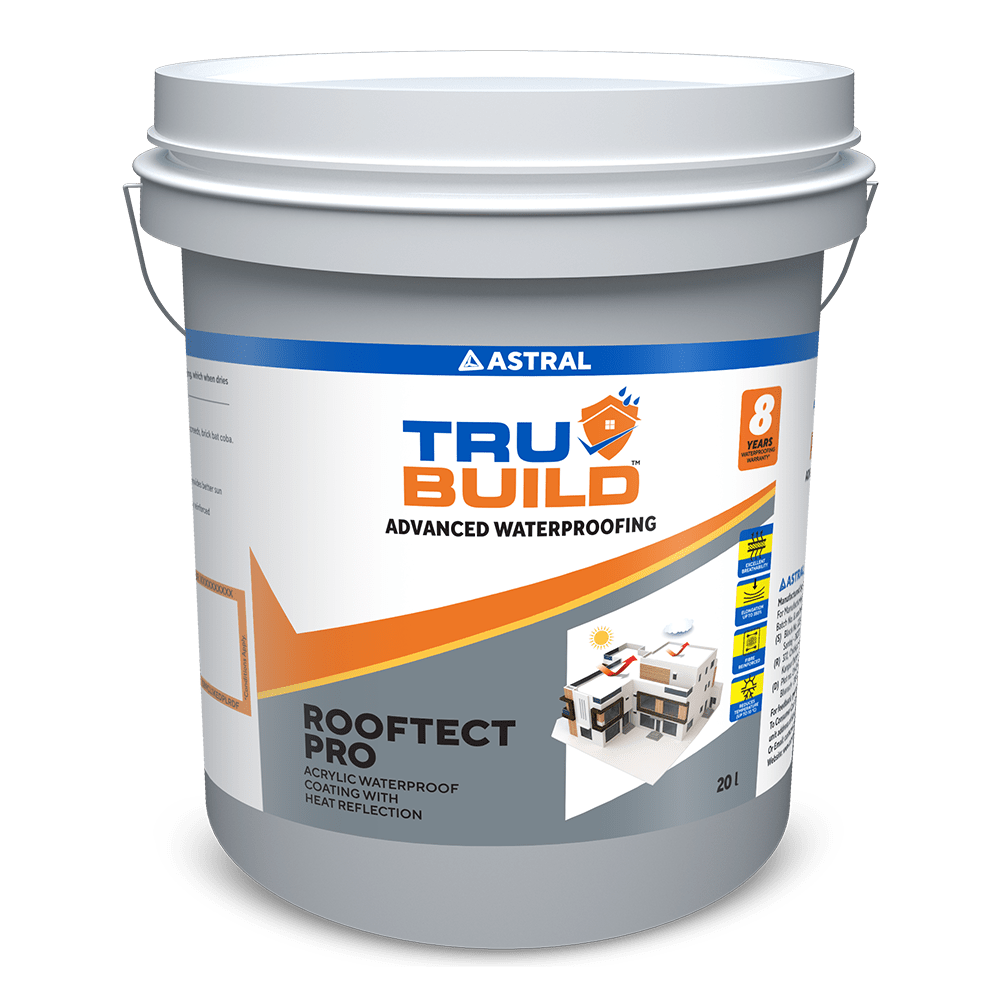
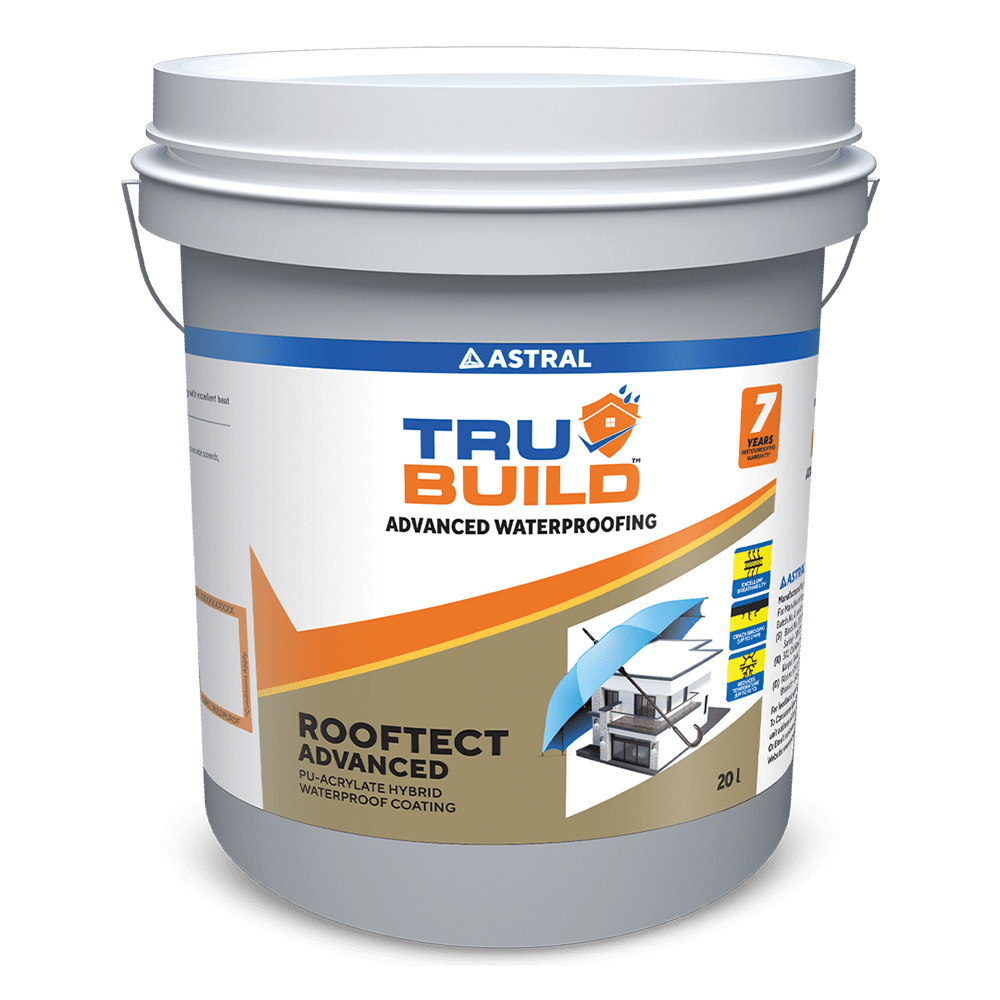
 Substructure Waterproofing
Substructure Waterproofing Tiling and Grouting
Tiling and Grouting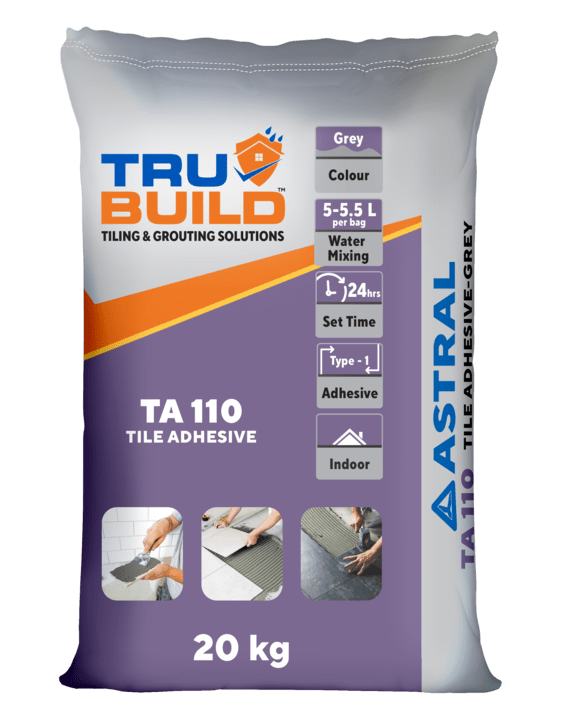
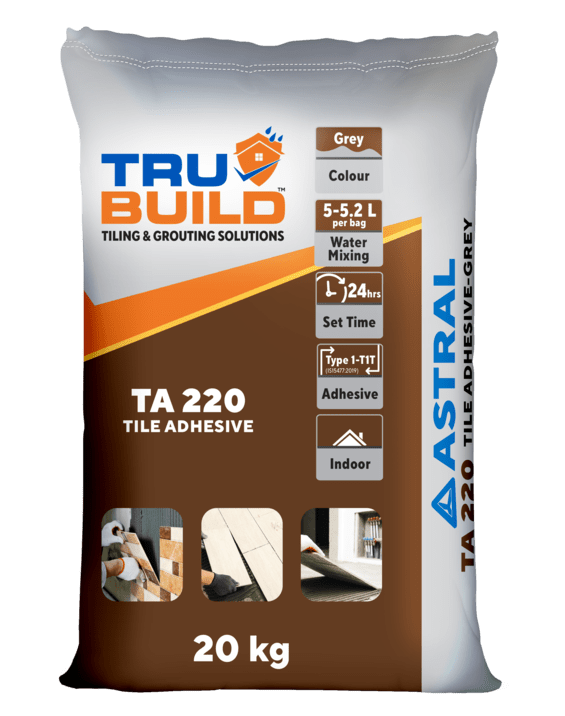

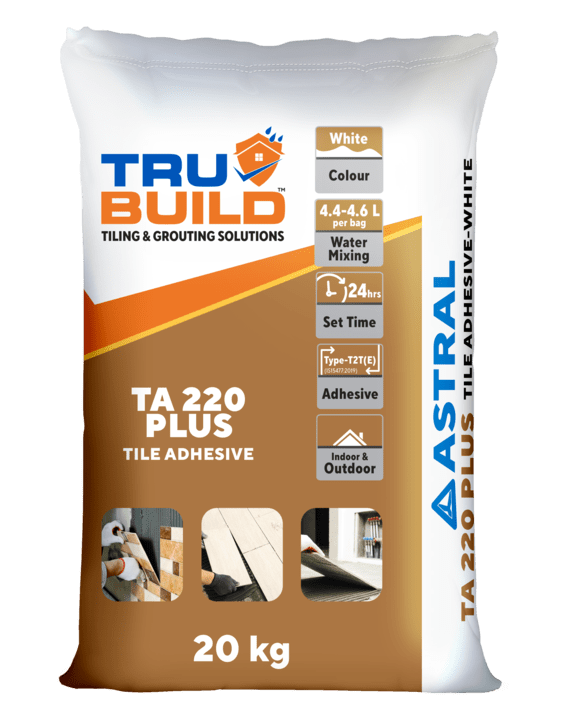
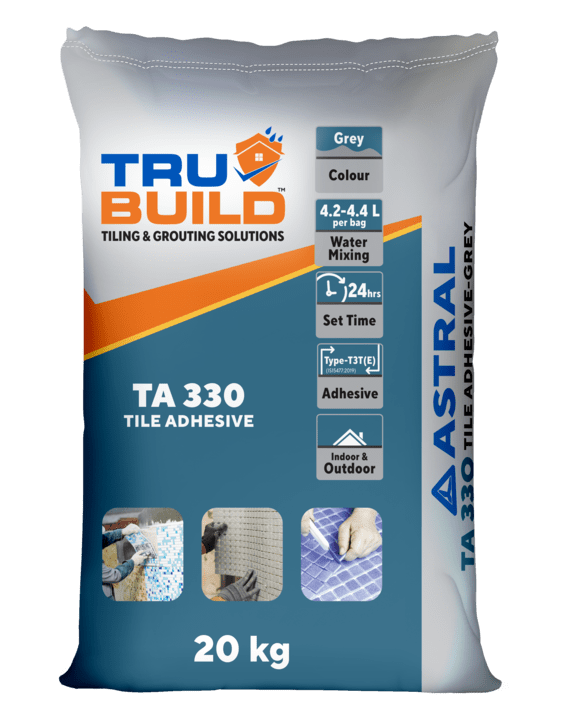
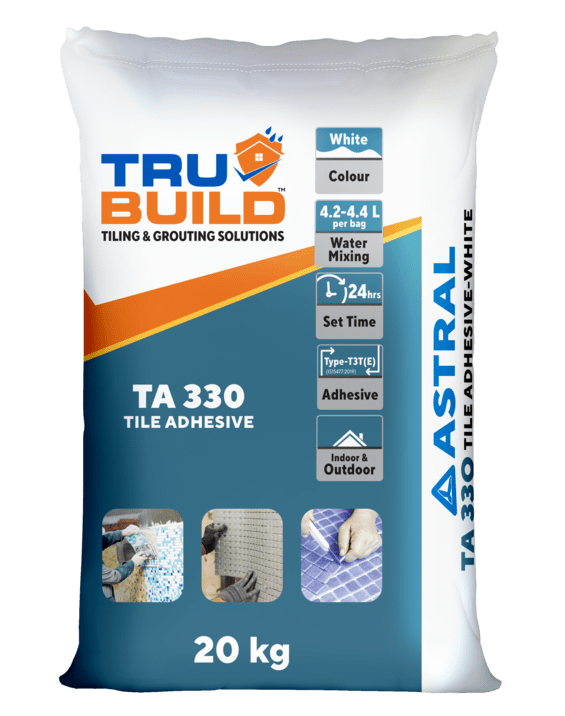
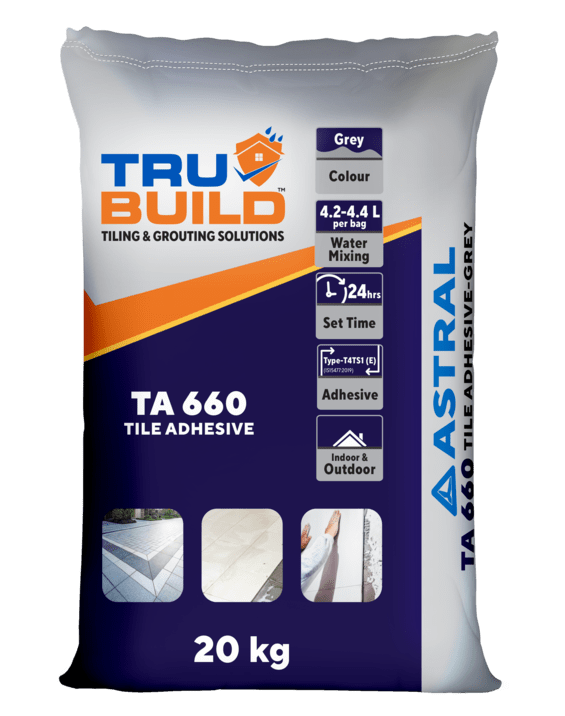
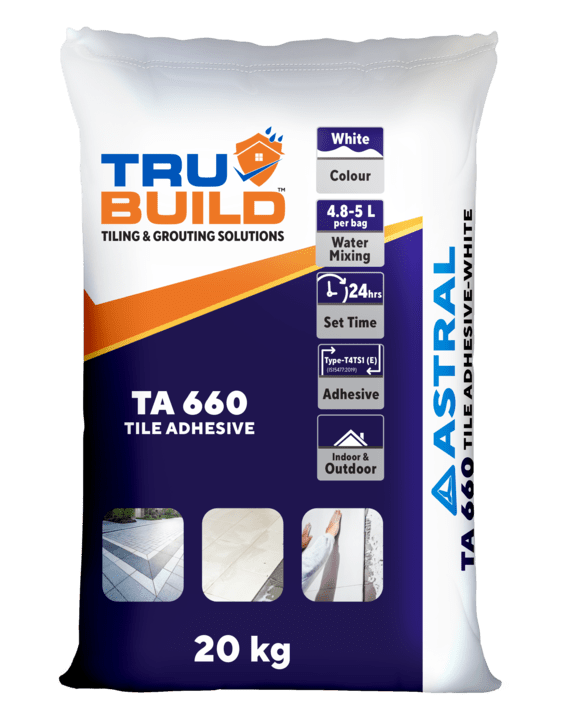



 Water Tanks and Other Areas
Water Tanks and Other Areas